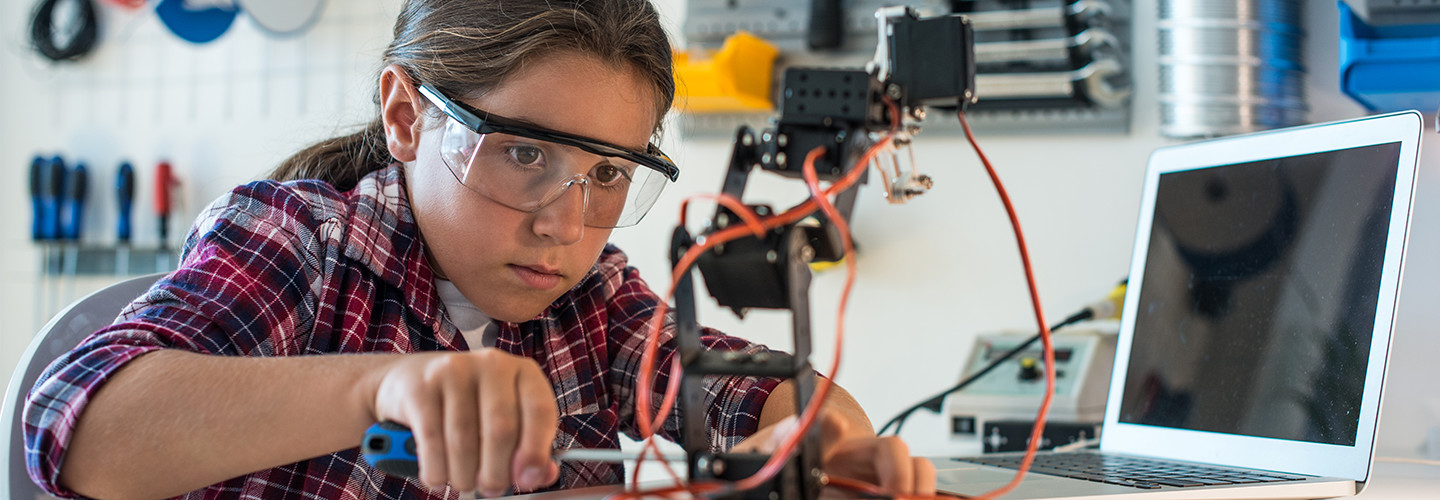Other developers are leaning into the natural tendency for kids to connect with humanlike robots — according to Cynthia Breazeal, associate director for the Bridge: MIT Quest for Intelligence, children have a “special kind of affinity” with these devices. Fuzzy, childlike and interactive robots such as Tega prompt social responses in children, who treat these bots like living beings rather than machines.
Robots such as Sphero and Ozobot, meanwhile, empower kids to learn critical coding skills without the need for desktop computer setups or tedious memorization. Sphero can be programmed using one of three onboard languages — macros, OrbBasic or Oval — to roll, display colors and track its position.
Ozobots empower kids to discover basic coding commands simply by drawing on paper. Different colors will produce different behaviors, allowing students to observe outcomes in real time.
K–12 Robotics Programs Embrace Drones
Robots are also broadening the scope of student observation and discovery. As drones become popular out-of-school tech pastimes, and inform potentially ambitious package delivery plans, some schools are leveraging this technology to get STEM learning off the ground.
As noted by EDU4ME, drones can help social studies students recognize the real-world impact of geography and cartography on history and current events. They’re also being used to help students better understand coordinate mapping and distance calculations.
In addition, drones offer a bridge to more advanced design understanding and post-school career options. For instance, courses at Colorado Springs School District 11 allow students to design and build their own drones. Here, unbridled creative potential meets physical constraints, helping students understand key concepts around aerodynamics, weight and balance. “The kids will go crazy with the designs, and I will let them,” says instructor David Steele. “They will learn quickly why they are designed the way they are.”
Are Robots Going to Replace Teachers?
Robotic teaching offers the possibility of improved outcomes and reduced red tape, but there’s an understandable concern: Could robots replace human educators? A 2017 WeForum piece offers up this dystopian future as a distinct possibility, with British education expert Anthony Seldon suggesting substantive robotic replacement by 2027.
Of note, STEM robots won’t be the cause of this educator edge-out; friendly classroom bots and drone design challenges aren’t the stuff of staffing nightmares. As noted by PBS, it’s the rise of socially intelligent robots — those capable of responding to social and emotional cues using AI — that could potentially pose a challenge.
Realistically, however, large-scale replacement is unlikely. According to a recent study from the University of Plymouth, while robotics in the classroom may become part of the “educational infrastructure,” their key role will be to “free up precious time for teachers, allowing the teacher to focus on what people still do best — provide a comprehensive, empathic, and rewarding educational experience.”
Students, STEM and the New System
Robots have arrived in education, offering K–12 teachers a way to engage Generation Z and deliver comprehensive and compelling classroom experiences.
From STEM teaching tools to the rise of drone learning, the new school system favors robotic functions, but will always rely on educators to link emerging technologies with teachable moments.










